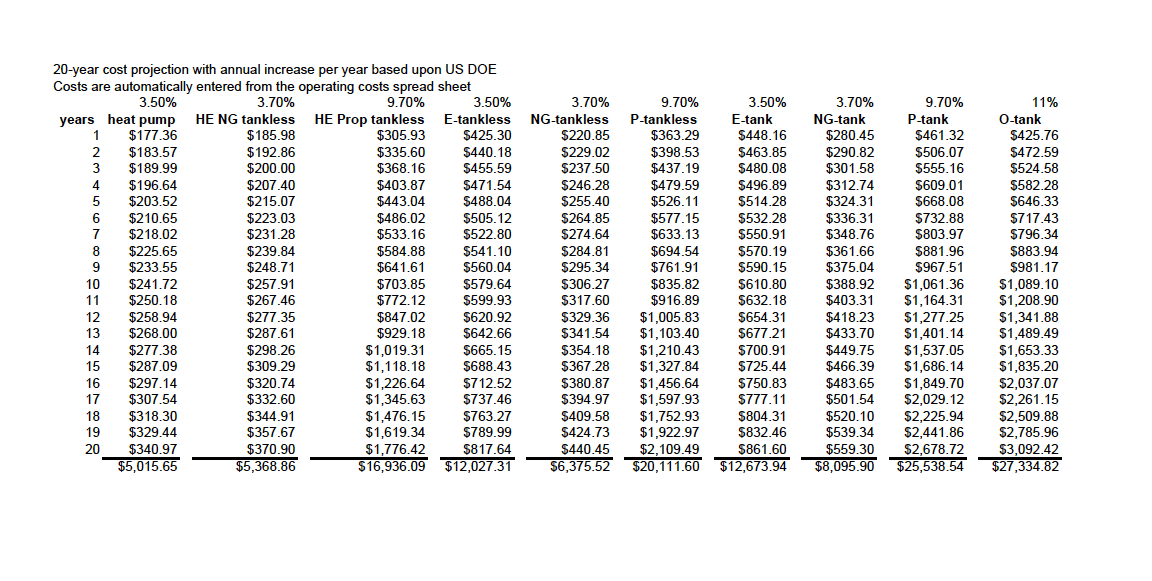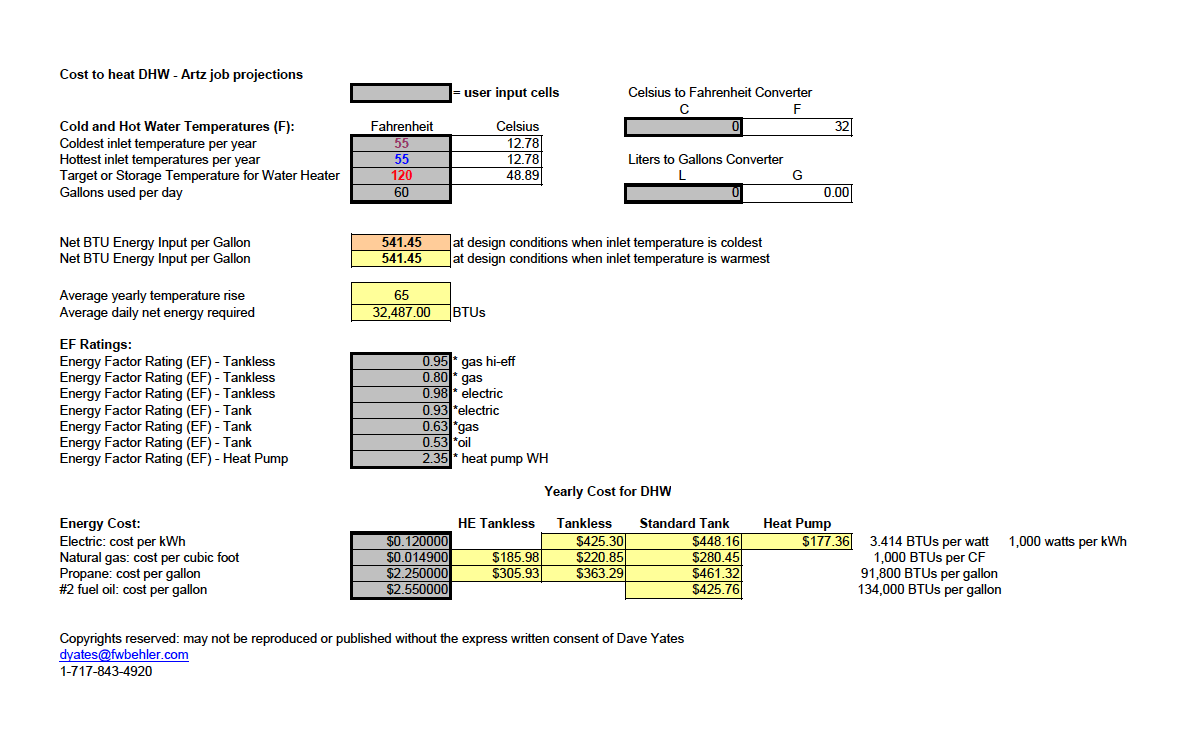The spate of mandated changes to tank-style water heaters has steadily increased their cost and made selling tankless water heaters much easier. Not maintaining a large volume of stored water when actual DHW usage occurs for just 5% of the day appeals to consumers. Longer manufacturer-predicted lifespan of 20+ years grants peace of mind to consumers and warranties often exceed those of tank-style water heaters.
Operating efficiency upgrade from a .63-EF (63% efficiency gas tank) to .95-EF (95% efficiency tankless) is a selling feature most consumers see as high-value and helps to overcome the up-front sticker shock. Endless hot water (when sized properly) is easily the main reason for consumers — residential and commercial — to chose a tankless water heater. If demand exceeds capacity, a bank of tankless water heaters can be installed with simple plug-and-play wiring as well as conjoined venting.
Tankless water heaters take up less space, venting for high-efficiency models is robust with long venting lengths allowing placement of the tankless virtually anywhere needed, some brands permit the use of existing 1/2″ gas piping, recirculation pump and programming is on board many brands, a small on-board 2-gallon tank maintained at programmed set-point target temperature eliminates the cold-sandwich issue, most will maintain programmed set-point outgoing water temperature by regulating flow, hard-water filters are readily available as are condensate neutralizer filters, and valve isolation kits permit easy cleaning of the heat exchangers. Tankless water heaters are lightweight and can be installed by one person.
A reduction in energy usage — if the same amount of DHW is utilized. Combi tankless water heaters can replace both the tank DHW and heating (boiler or furnace) needs plus lead to other sales — like radiant or towel warmers.
From a recent conversation with Steve Wheels Wieland, NTI boilers, the sales for combi units are by far the single largest selling product they have and the folks at Navien told me the same thing regarding their combi unit. Makes perfect sense from my perspective and I see that as a great selling tool. Once someone decides to go tankless, why not spend a few dollars more to have the ability to kick their old boiler or furnace to the curb.
Attached are two excel spread sheets I utilize during my sales calls. In this case, I utilized 60-gallons per day of DHW. They are on a well, so the CW remains at 55F. For municipal water, I use a low of 40F and high of 85F for the CW. Page two illustrates the 20-year operating costs with a percentage increase added each year, which was based on 2000 to 2010 DOE average annual increases for each fuel type.
Click on the images to enlarge.
 Dave Yates is president of F. W. Behler, Inc., and is a Hub advisory board member and a contributing writer for Contractor Magazine.
Dave Yates is president of F. W. Behler, Inc., and is a Hub advisory board member and a contributing writer for Contractor Magazine.





Join the conversation: